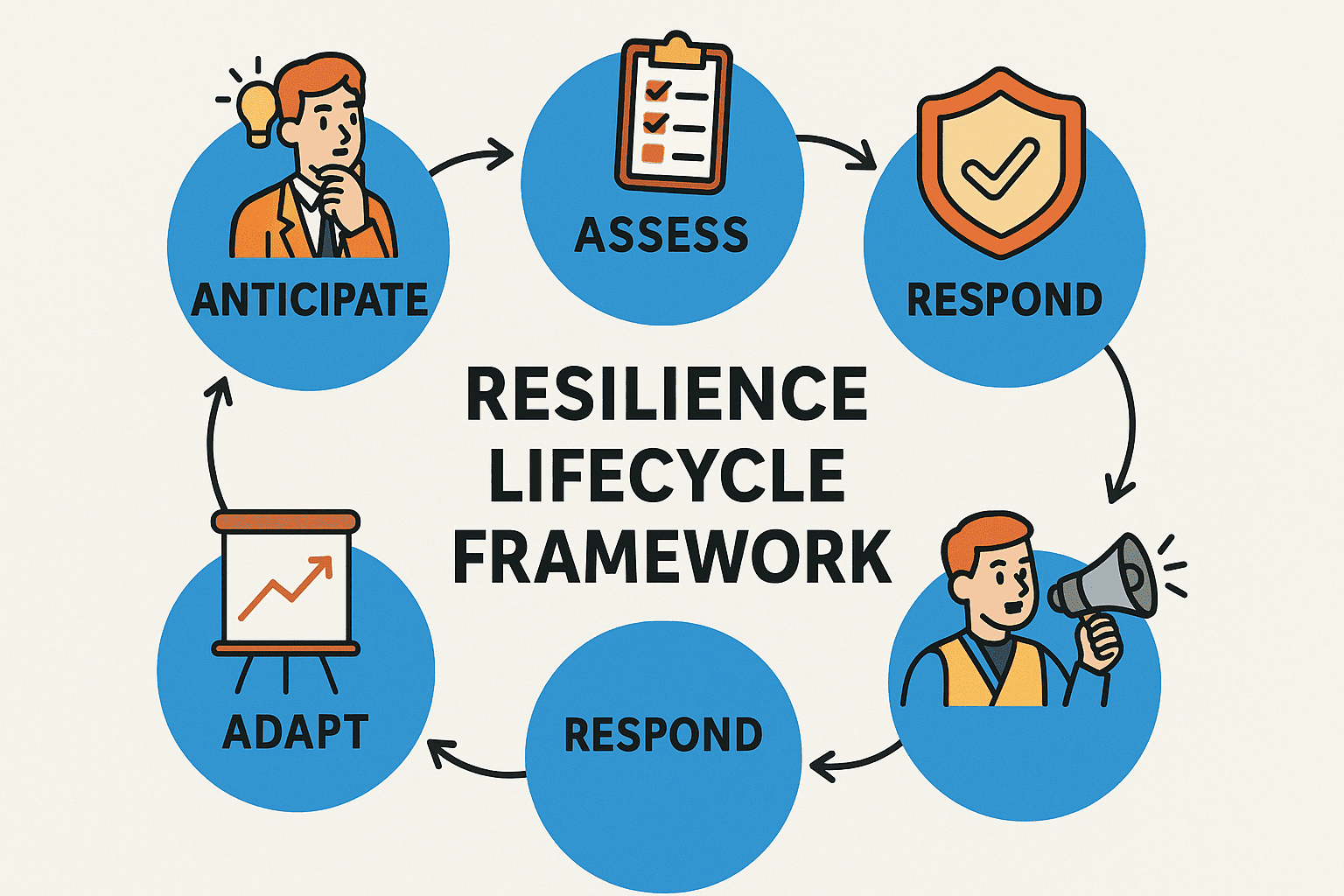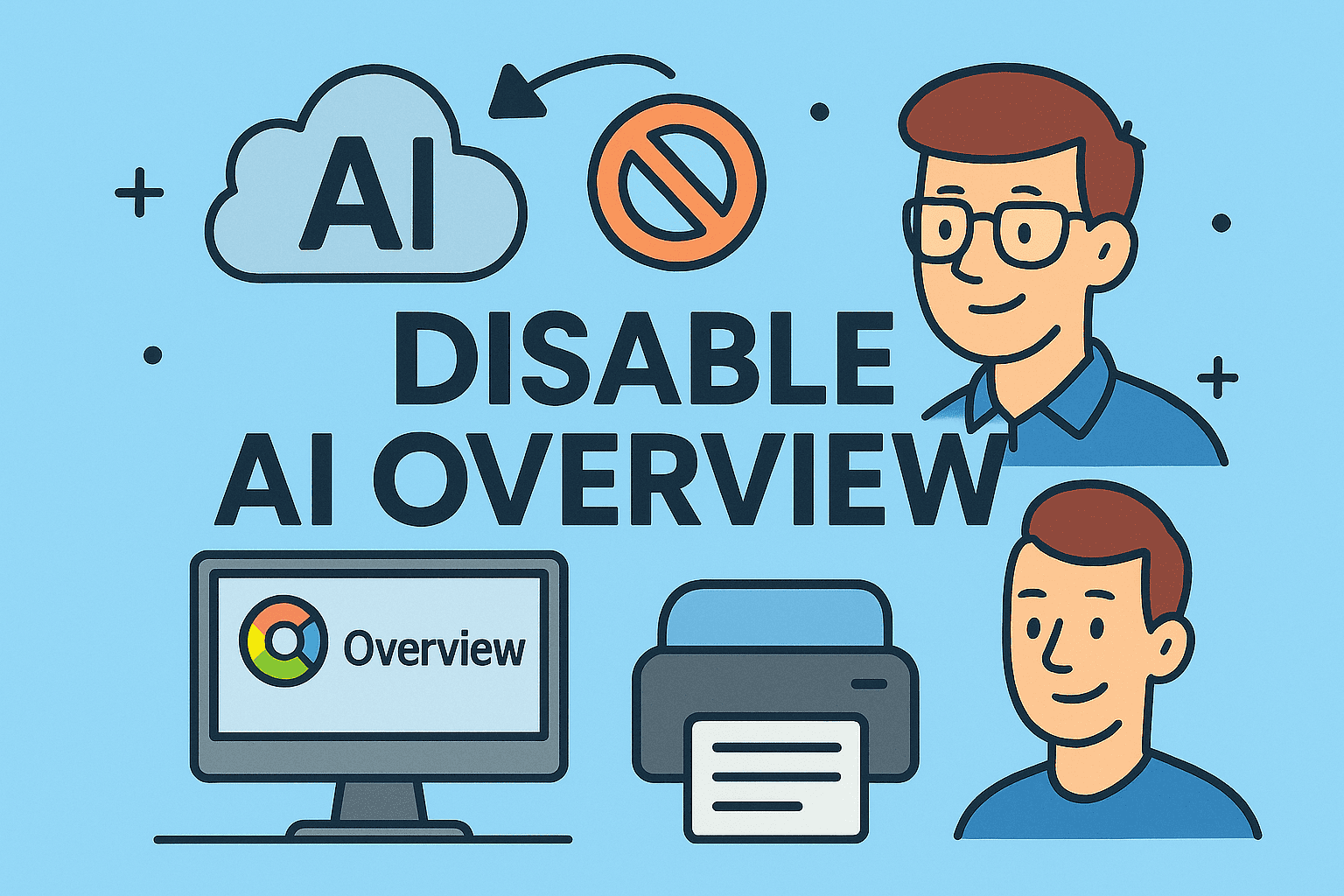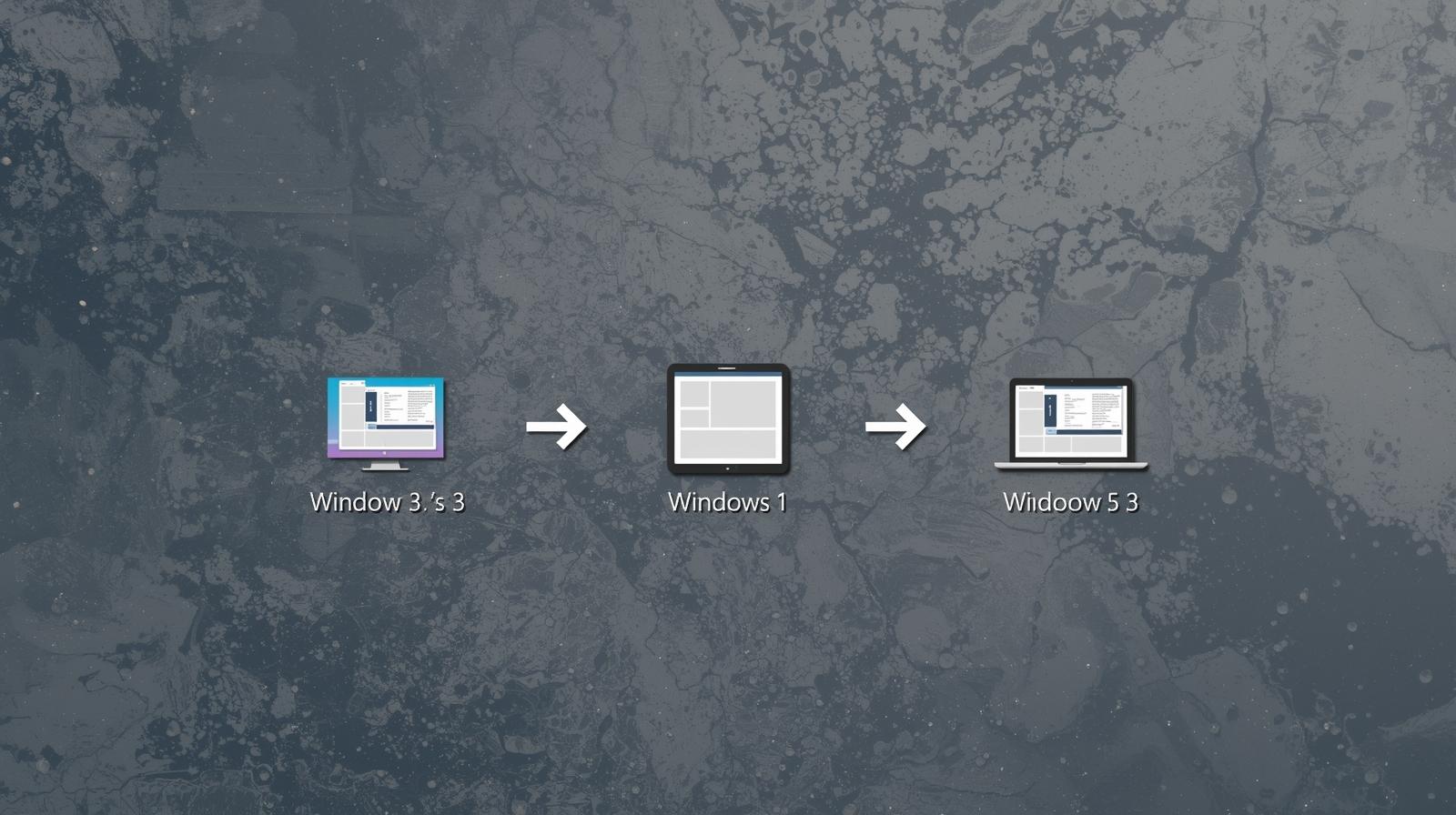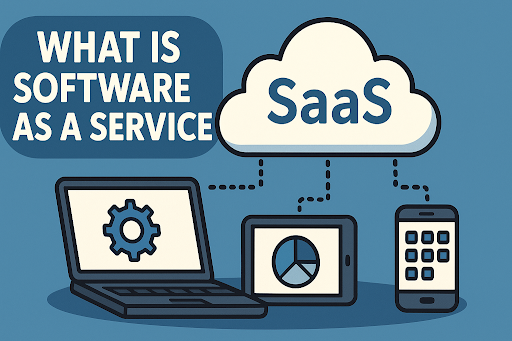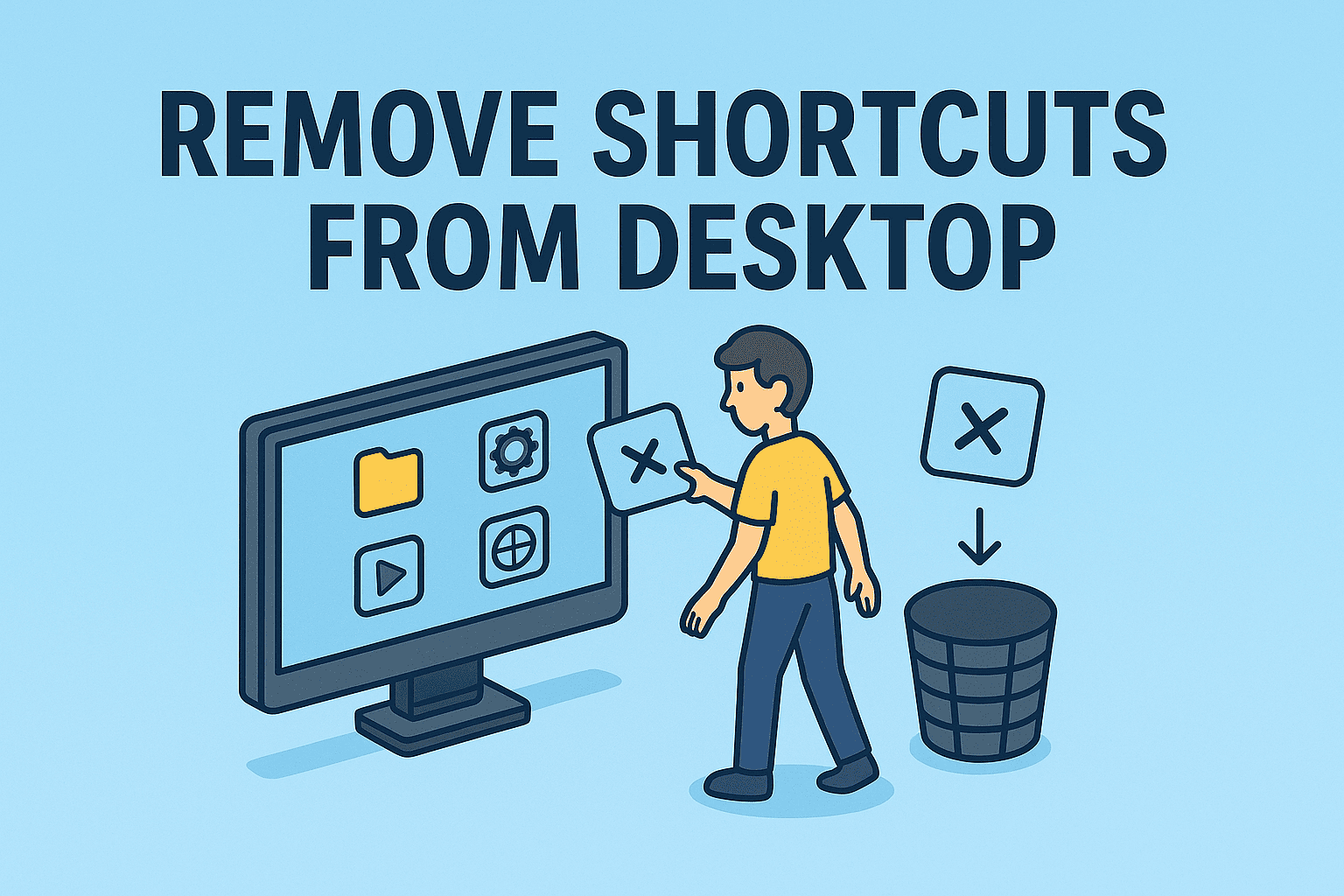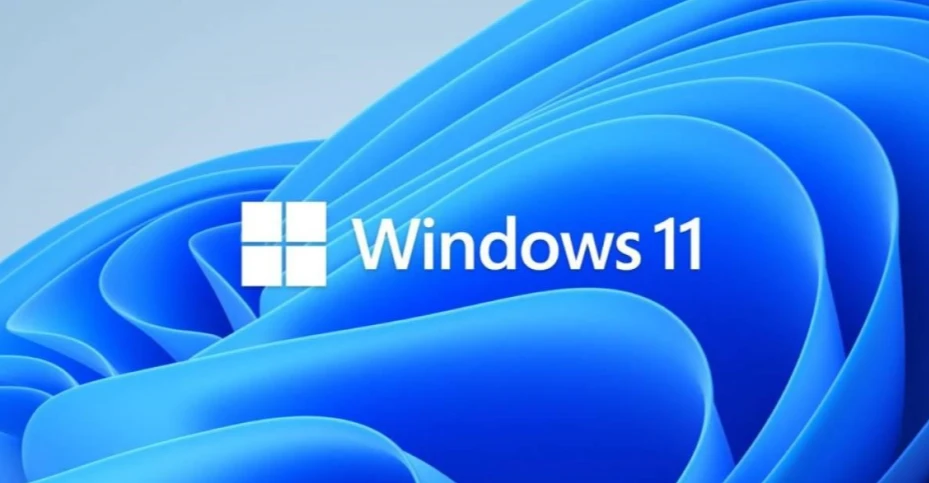Which of the Following Are Breach Prevention Best Practices?
Updated on June 2, 2025, by ITarian
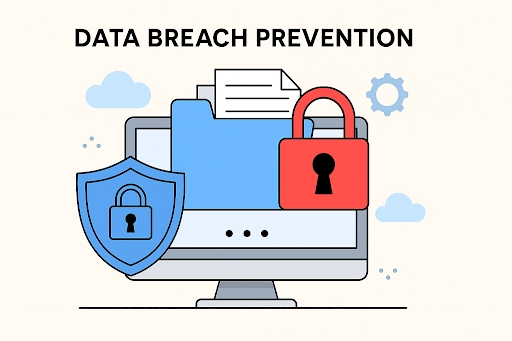
What if you could stop a data breach before it ever happens? In today’s threat landscape, proactive defense is everything. So, which of the following are breach prevention best practices that actually work? Let’s dive into the most effective strategies to keep your data—and reputation—safe.
Why Breach Prevention Matters More Than Ever
Cyberattacks are rising at an alarming rate. A single breach can cost companies millions, damage brand trust, and trigger compliance nightmares. According to IBM’s 2023 Cost of a Data Breach Report, the average cost of a breach is $4.45 million.
That’s why applying breach prevention best practices is essential, not optional.
Understanding Breaches: Types & Entry Points
Before diving into prevention, let’s look at how breaches typically occur:
- Phishing attacks targeting employees
- Weak or reused passwords
- Unpatched software vulnerabilities
- Misconfigured cloud environments
- Insider threats
- Poor access control
Which of the Following Are Breach Prevention Best Practices?
Let’s explore the top cybersecurity best practices for preventing breaches in modern organizations.
1. Implement Strong Access Controls
Control who can access what—and how.
- Use role-based access control (RBAC).
- Enforce least privilege policies.
- Regularly audit access permissions.
2. Use Multi-Factor Authentication (MFA)
MFA adds a second layer of defense beyond passwords.
- Use for all critical systems and applications.
- Combine something users know (password) with something they have (authenticator app).
3. Encrypt Sensitive Data
Data at rest and in transit must be encrypted.
- Use AES-256 for file encryption.
- Enable HTTPS across websites and APIs.
- Protect backups and mobile devices.
4. Keep Systems Patched and Updated
Outdated software is an open door for attackers.
- Apply security patches promptly.
- Use automated patch management tools.
- Maintain an inventory of assets and software.
5. Train Employees Regularly
People are your first (and weakest) line of defense.
- Run phishing simulations.
- Provide security awareness training.
- Encourage reporting of suspicious activity.
6. Deploy Endpoint Protection Solutions
Tools like Itarian Endpoint Protection detect and stop malware and intrusions before they spread.
- Real-time scanning and behavioral analysis
- Isolate compromised devices
- Centralized threat intelligence
7. Implement Network Segmentation
Limit lateral movement by dividing networks.
- Use firewalls and VLANs to segment by department or risk level.
- Apply micro-segmentation in cloud environments.
8. Monitor and Respond in Real-Time
Visibility is key to prevention.
- Use SIEM tools for log collection and analysis.
- Employ intrusion detection systems (IDS).
- Set up alert thresholds and auto-response actions.
9. Create and Test an Incident Response Plan
Even with prevention, you need to be ready.
- Document your response process.
- Assign roles and responsibilities.
- Run tabletop exercises and real simulations.
Data Breach Prevention: What Organizations Get Wrong
Despite good intentions, companies often fall short. Common mistakes:
- Ignoring insider threats
- Relying solely on perimeter defenses
- Lacking visibility into remote devices
- Failing to align security with compliance frameworks
Aligning with Compliance Standards
Many industries require adherence to data protection standards:
- HIPAA (healthcare)
- GDPR (EU data protection)
- PCI-DSS (payment card data)
Implementing best practices ensures compliance and reduces legal risk.
Breach Prevention Tools and Technologies
Here are some recommended tools to help enforce prevention:
- Firewalls and Next-Gen Firewalls (NGFWs)
- SIEM platforms for log analysis
- EDR solutions like Itarian Endpoint Protection
- Cloud security posture management (CSPM)
- Data loss prevention (DLP) solutions
For IT Managers and CEOs: Strategic Takeaways
- Make cybersecurity a business priority, not just IT’s job.
- Invest in scalable, AI-driven defense platforms.
- Educate leadership on the cost-benefit of breach prevention.
- Encourage a culture of vigilance across departments.
Prevention is Always Cheaper Than Recovery
So, which of the following are breach prevention best practices? All of the above—and more. From educating employees to deploying endpoint protection, true security comes from layered, proactive defenses.
The real question isn’t if you’ll face a threat—it’s when. Will you be ready?
👉 Get Started with Itarian Today and safeguard your business with enterprise-grade security.
FAQs: Breach Prevention Best Practices
1. What is the most effective way to prevent a data breach?
Layered security that includes access control, employee training, endpoint protection, and real-time monitoring.
2. How often should cybersecurity training be conducted?
At least twice a year, with phishing simulations and updates as threats evolve.
3. Is MFA enough to secure my business?
MFA is a strong start, but it should be combined with encryption, endpoint protection, and access controls.
4. Can small businesses afford breach prevention?
Yes. Solutions like Itarian provide affordable, scalable tools for SMBs.
5. How do I know if my network has been breached?
Monitor logs, look for anomalies, and use IDS/EDR tools for detection. Having an incident response plan helps you act quickly.

